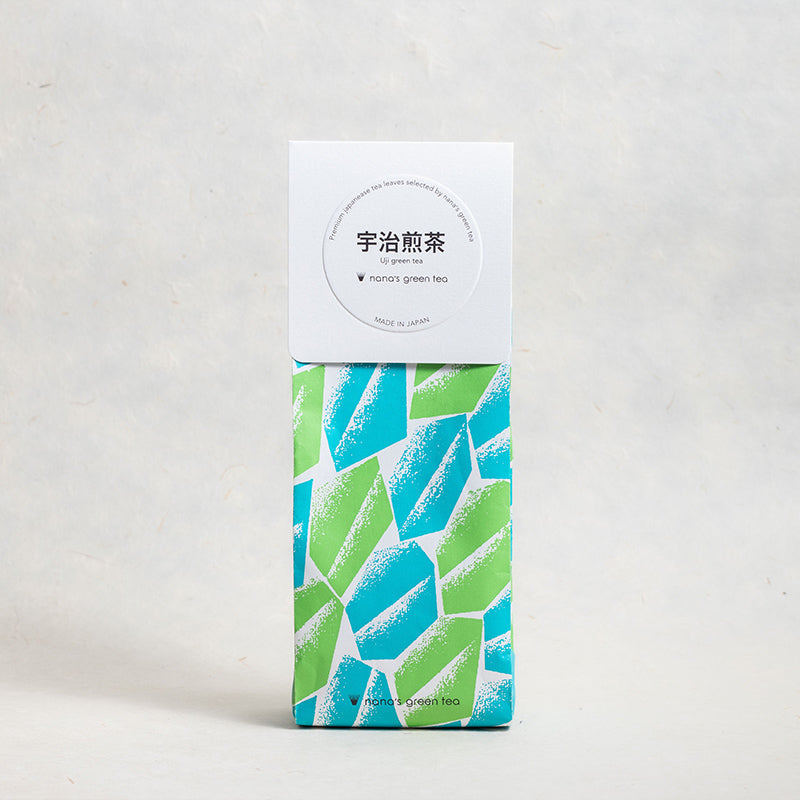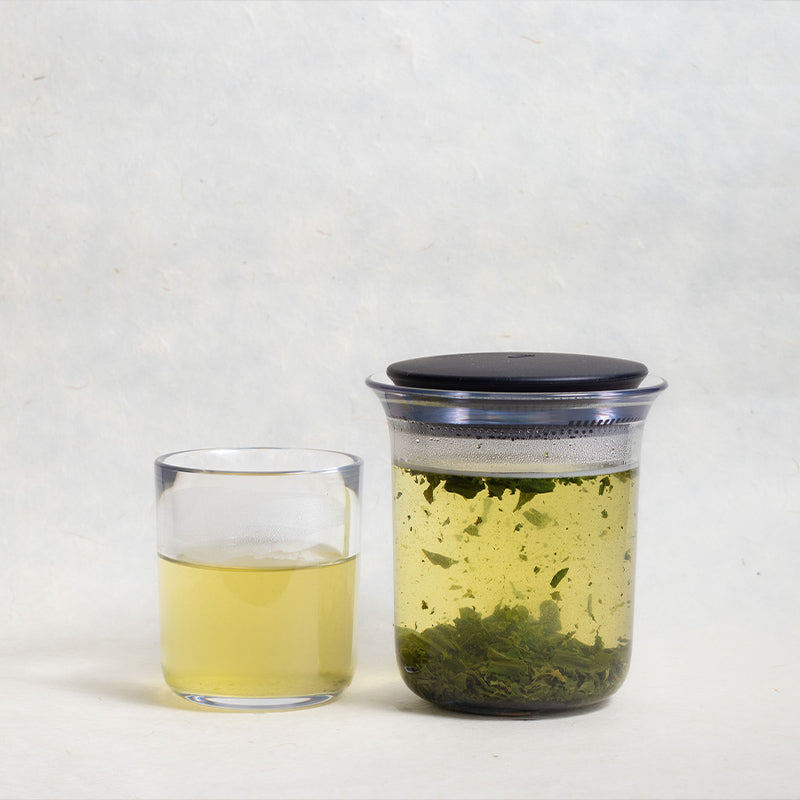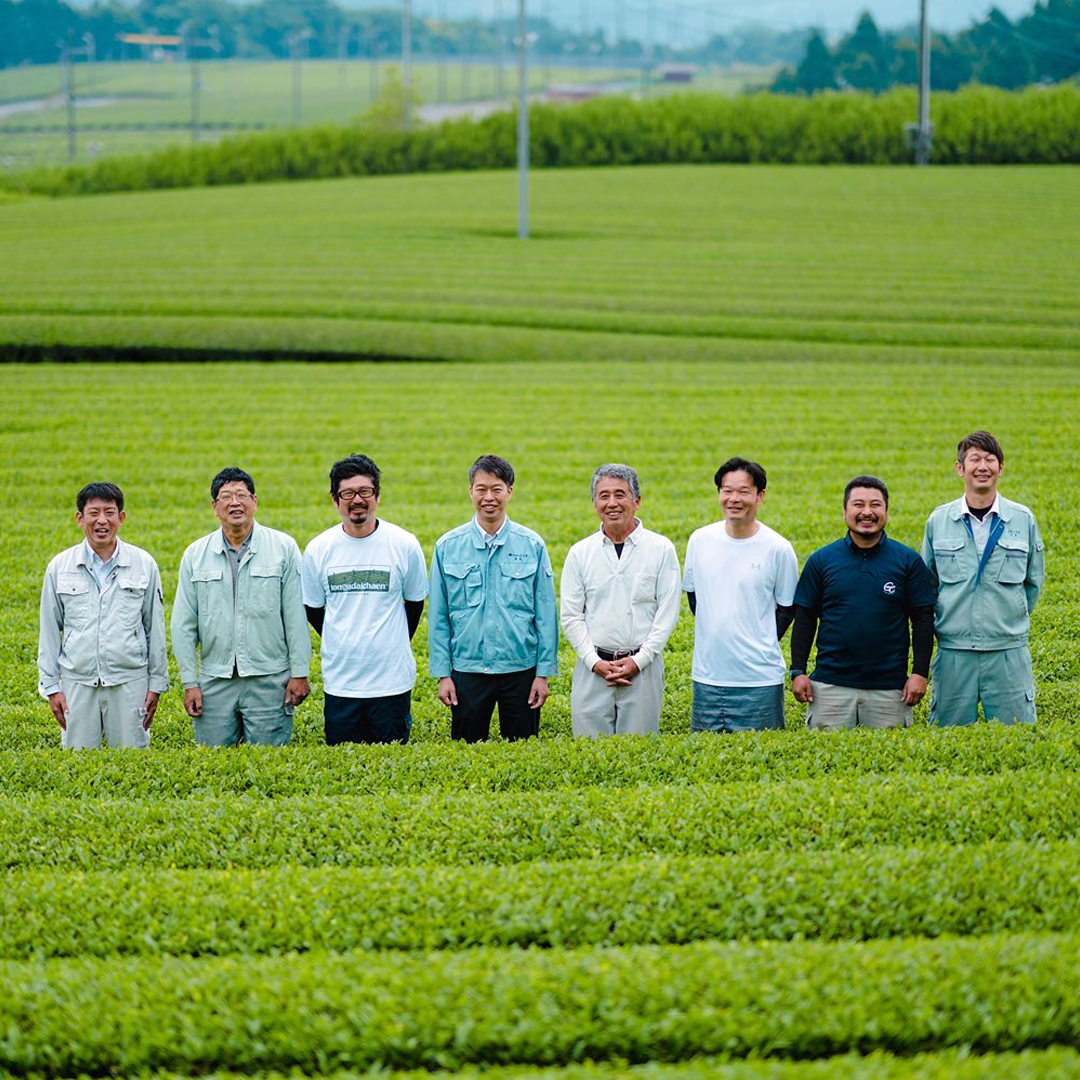Article: Why Uji Tea Is Considered the Best in Japan
Why Uji Tea Is Considered the Best in Japan
From its mist-covered hills to time-honored traditions, Uji has earned its reputation as Japan’s premier tea region. This blog explores how geography, history, craftsmanship, and culture come together to make Uji tea, especially Uji matcha, synonymous with excellence.

Introduction: Uji’s Legacy in a Cup
Situated just south of Kyoto, Uji has been the heart of Japan’s tea heritage for over 800 years. As the region where tea seeds were first planted in the late 12th century and where the tea ceremony took root, Uji’s influence on Japanese tea culture is both deep and enduring.
The Perfect Environment: Uji’s Ideal Conditions
Uji’s unique environment plays a crucial role in why its tea, especially matcha, is celebrated worldwide. The region sits at the intersection of two river basins and is surrounded by rolling hills that trap morning mist and fog. This persistent humidity keeps temperatures cool and stable, encouraging slow leaf growth, which is a key factor in developing rich umami flavors and sweet, layered profiles.
These hills and rivers also deposit fertile soil that is both nutrient-rich and well-draining, providing optimal conditions for tea bushes to thrive.
Shading plays a central role in quality as well. Uji pioneered the Ōishita Saibai technique, a shading method used to cultivate tencha and gyokuro (tea leaves). This process increases chlorophyll and amino acid content while reducing bitterness, resulting in fundamental qualities like vibrant green color, creamy texture, and complex floral aroma.
Taken together, Uji’s geography, climate, soil, and shading techniques support slow, healthy growth and produce tea leaves with rich umami, bright green color, and depth of flavor that few places can match.

A History Rooted in Tradition
Uji’s tea journey began with Buddhist monks bringing seeds from China. Tea cultivation started in Toganoo, then moved to Uji, which became Japan’s standard-bearer for tea quality by the 14th century.
In the 15th century, Uji tea was officially endorsed as the best in the nation and commissioned the establishment of seven new tea plantations, commonly known as “Uji’s Seven Famous Gardens,” further establishing its cultural and economic standing.
In the 16th century, Uji farmers perfected the Ōishita Saibai shading technique. This innovation enhanced the chlorophyll and L-theanine levels in leaves while reducing bitterness, laying the groundwork for today’s vibrant, umami-rich tencha, matcha, and gyokuro. These developments coincided with the rise of Japan’s tea ceremony culture, further cementing Uji’s place in tea history.

Mastery Across Generations
While Uji’s environment sets the stage, it is the tea artisans who bring each leaf to life. In Uji, tea cultivation is often a family tradition, passed carefully from one generation to the next. These farmers and producers possess refined, hands-on expertise that cannot be replaced by machines or data. Their skills include knowing the exact moment to harvest, how to hand-trim leaves for ideal quality, and how to blend teas to achieve the perfect balance of flavor and aroma.
Unlike mass-produced teas, Uji matcha and gyokuro are carefully crafted using sensory techniques. Artisans evaluate the touch, scent, and color of each batch, making real-time adjustments based on their intuition and years of experience. This personal craftsmanship is what continues to set Uji tea apart in the modern world.

Sensory Excellence: What Makes Uji Tea Stand Out
Deep Umami Flavor: The cool mist and fertile soil slow the growth of tea leaves, allowing them to develop a high concentration of amino acids, especially L-theanine. This creates the rich, savory taste known as umami, which gives Uji matcha its signature depth and smooth finish.
Bright Green Color: The shading techniques used in Uji farming boost chlorophyll levels in the leaves. This results in the vibrant, jewel-toned green that is highly prized in premium matcha. A bright color is also a visual indicator of freshness and quality.
Creamy Texture and Complex Aroma: Uji’s traditional processing methods, including careful grinding and hand blending, preserve the fine particle size and subtle aromatic notes of the tea. This leads to a creamy mouthfeel and a layered aroma with hints of sweetness, grassiness, and floral tones.
Each of these qualities combines to create a tea that is as enjoyable to prepare as it is to drink. The aroma, color, and texture invite moments of calm and ritual, which are central to the modern matcha experience.
Cultural Influence and Ongoing Innovation
Historic Tea Culture
Uji is home to Tsuen Tea, the oldest continuously operating tea shop in Japan, founded in 1160. It has served travelers, monks, and samurai for over 860 years. It has survived countless eras and is run by the 24th generation of the same family. Across the street from the iconic Uji Bridge, this shop remains a landmark of tea heritage and hospitality.
Modern Innovation and Tourism
While rooted in tradition, Uji also embraces contemporary trends. Organic tea farms are growing in popularity, and inventive offerings like matcha-flavored ice cream, green tea beer, lattes, and cocktails are readily available in charming cafés along the Uji River, blending old customs with modern lifestyles.
For tea lovers and curious travelers, Uji is a crossroads of experience. From immersive workshops that teach tea grinding and whisking to cultural trails that include Byōdō-in Temple, tea artisans, and wagashi-makers, Uji offers an educational and immersive journey through tea’s past and present. You can bring part of this tradition home with Nana’s tool and accessory collection.

Why Nana’s Chooses Uji for Green Tea
At Nana’s Green Tea, our commitment to quality begins with where we source our tea. We carefully select all of our teas from the Uji region, a place long celebrated for producing the finest Japanese green teas. By choosing Uji, we ensure every product we offer reflects the unmatched craftsmanship, vibrant flavor, and deep heritage that only this region can provide.
Our matcha is sourced exclusively from Yamamasa Koyamaen, one of Uji’s most respected growers. Their generations of expertise and devotion to taste perfectly align with our standards and our passion for bringing premium green tea to our community.
Nana’s Green Tea is built on the belief that traditional Japanese tea should fit beautifully into modern life. Whether you’re a seasoned tea enthusiast or trying matcha for the first time, we want to make the world of premium green tea accessible, enjoyable, and part of your everyday ritual. That’s why we’ve partnered with Uji’s best, not only to honor tradition but to help make that tradition easy to enjoy today.

Experience the Best of Uji
Uji tea is not considered the best by accident. It is the result of centuries of ideal growing conditions, artisan craftsmanship, and cultural devotion that continue to thrive today. At Nana’s Green Tea, we proudly source all of our teas from Uji because we believe the best teas begin in the best region.
When you choose tea from Nana’s, not only are you enjoying premium green tea, you’re becoming part of a story that spans over eight centuries. From seasoned green tea drinkers to those trying matcha for the first time, our mission is to make the tradition of Japanese tea fit beautifully into modern life.
Discover our full Uji tea collection today and experience the region’s excellence for yourself.




